I’ve been thinking hard about how to sum up my experience of the indie game Inner Space, when I’m usually so easy to please. At least, I have been so far when it comes to indie games. I should add, as this is my first review for Invision, that I’m a great lover of smaller games, namely because a good indie game can be a hidden gem. They help quench our thirst during the dry season when gamers are waiting for the next AAA title. (These periods are getting longer as we all know.) Some of the best indies I’ve reviewed include: A Normal Lost Phone, SHU and ABZU. All of which I’d recommend.
Speaking of ABZU, it seemed clear to me that Inner Space had drawn at least some of its inspiration from there. For those of you unfamiliar with the game, you can click below to watch the trailer. Similarly to ABZU, Inner Space has obviously been created with flow in mind and there is a surreal nature to the game. But more on that later.
Story
I hadn’t heard of Inner Space until it landed in my ‘Please Review Box’ with Invison but after checking out the trailer, my interest was piqued and at first glance thought I would probably like it. In Inner Space you play an autonomous flying machine called the Cartographer or ‘Cart’. You’ve been assembled by your own companion, the Archaeologist, who follows you from world to world as you explore the Inverse. As the Archaeologist is confined to his submarine, (or IS the submarine that one’s never explained) it’s your job as his trusty A.I to fly around and find relics, whilst also learning more about the Inverse and its past inhabitants, the Ancients. Eventually you decide to leave and explore new worlds so your main task is to open gates and accomplish a task within.
Now this had me to begin with. I love games where the worlds and its past are surrounded in mystery. Like ABZU for example. There’s just enough to hook you in and make you interested but not so much that the game feels like it’s trying to be an RPG or MMOG. However, when coupled with the problems I will go on to explain, I found myself growing disinterested in these Ancients and their problems. Which is not to say the story is bad, simply that I found the mechanics, and sometimes lack of direction, so frustrating that by the end I didn’t care who the Ancients were I just wanted to get the hell out of the Inverse.
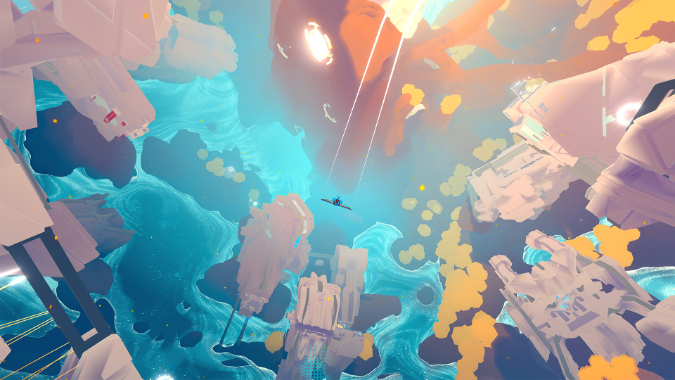
Graphics:
The graphics in itself are pleasing and simple whilst still remaining somewhat impressive. There’s nothing overly fancy going on here, it is after all an indie game, but I will say that the pastel palette and galactic themed colours work well for the Inverse. Generally, I had no issue with the graphics and thought what was created worked for the game. I wasn’t overly struck by how beautiful they were but I wasn’t disappointed either.
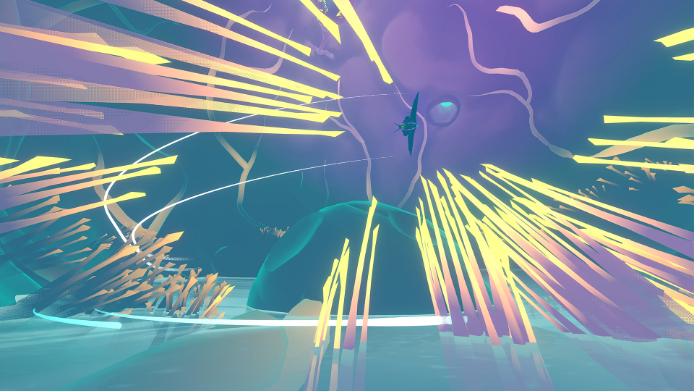
Mechanics
Now this is the area primarily responsible for my rating. I have to say firstly that I consider my experience to be one of few, and perhaps entirely limited to the PS4. I’ve seen a few videos of gamers playing Inner Space who don’t seem to be dealing with the camera issue I did.
What I generally found while playing it on the PS4 was that the ship was far too close to the screen for a machine that doesn’t have a brake. And this is the other big set up I encountered. Cart doesn’t come with any brakes, only the ability to slow down by pulling back with the right stick. This is incredibly frustrating when you’re flying in areas that have no real distinguishable up and down. The sea, or water, merges with the sky and although this is a cool effect it does mean it’s incredibly hard to get your bearings. Developers have created launcher pads dotted around areas that you can fly into and hold yourself there while you look around, but I barely used them. I suppose they helped in a way but then you are still limited to what you can see by your position.
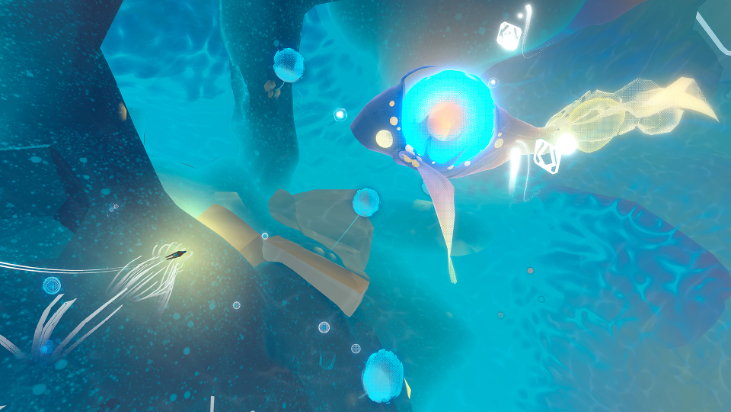
Your plane model also changes and it wasn’t until later than I realised you could change back to smaller ones. Up until that point I’d been flying around with a plane that had been upgraded to be even faster and bigger, which meant I was even more restricted.
I should add the way around braking is to use ‘drifting’ to go round tight corners. The only problem with this is what you’re usually forced to turn upside down. This in and of itself isn’t a bad thing if you weren’t already in a world that mixes both sky and land where it’s very easy to lose where the hell you are. Flipping switches on a large complex building is not so easy a feat when you can’t stop and straighten yourself out, but then maybe, that’s part of its charm?
Overall Gameplay
This is not a bad game, and I want to stress that. Above all else I want to be a game reviewer that is honest, delivers fair reviews and promotes smaller game companies. However, there are points in this game that I would stress should be reviewed and looked at again. There isn’t a lot of direction in the game and I found myself stuck on more than one occasion. The answer in these situations is really just keep to keep flying around until you find an answer, or a new angle or something you haven’t crashed into yet. (Because you have no guns, tearing through wires and other plant life can be the deciding factor between progression or not.)
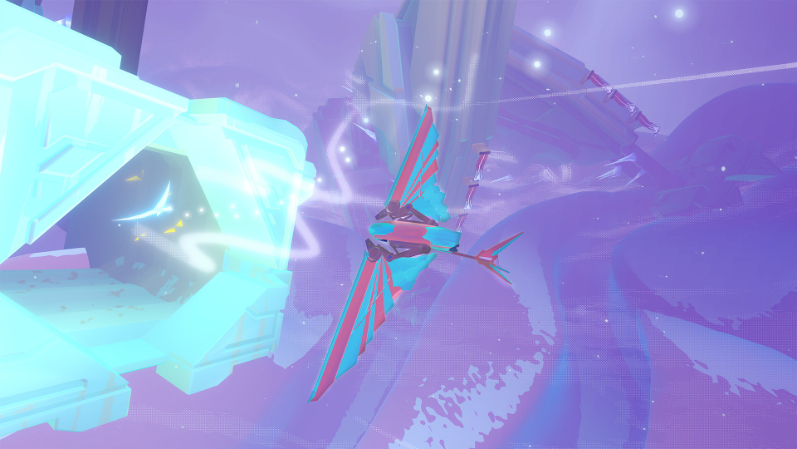
I will add that the demigods, that crop up in several worlds, are a cool feature. However, they’re not always easy to crack. I struggled on for a good few hours in the first world with the sunfish trying to figure out how to fix him (I wasn’t really sure what I was doing but I knew I needed to do something with him because I’d already done it once.) I had only one vague clue at this time from the Archaelogist which was simply, ‘If only you could find an opening to get close to him…’ this made no sense to me because I was already flying through him! For anyone else struggling in this department, please see the end of this review. ** I also struggled when it came to the Leviathan because I had no clue – first, how to find him, or that I had to find him, how to free him, and then what to do with him when he was in the water. I’d recommend a visual playthrough for this.
It should also be noted that wind, the Inverse’s energy that’s up for collection, is fairly important in terms of progression and shouldn’t be ignored too much. When you first enter a world go after as much of it as you can and this will save you time.
Some places are obviously easier to understand than others, and who knows, perhaps it’s all me. Some reviewers out there will have obviously loved the game. But I will say this, I do believe it’s a game more suited for the PC than PS4 until they fix the camera issues.
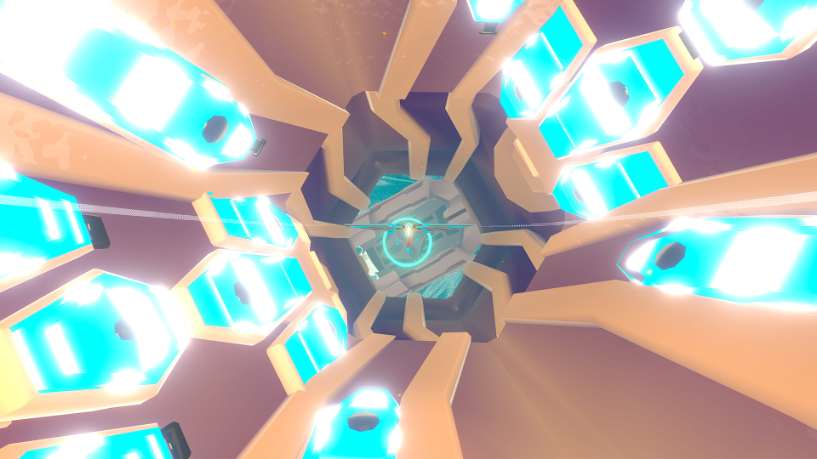
Value for Money:
Tossing up everything I would say this is a game that should be priced at 10.99 rather than 14.99. (Steam price 25/01/18) I understand devs have got to eat, and really game pricing is a conversation for another time, but with the kinks I’ve picked out I think 10.99 is fair. Again, I want to stress, usually I’m very easy to please and struggle to find anything for the average game to improve. But in this case these problems were just somewhat too hard to ignore. I would give this game a 5/10, perhaps not your average indie, but not quite on the same level as Little Nightmares or ABZU.
**For those of you struggling how to crack the sunfish. You need to first follow him round and get into his big blue shield thing. You may, or may not, have noticed that while inside that, underwater plants turn into what look like blue bubbles, they are in face launch pads. You need to fly into this, in the big blue sphere, aim yourself at the sunfish and launch yourself into him two times. If you need any more clarification feel free to message me on Instagram @freeplayfrenchie.







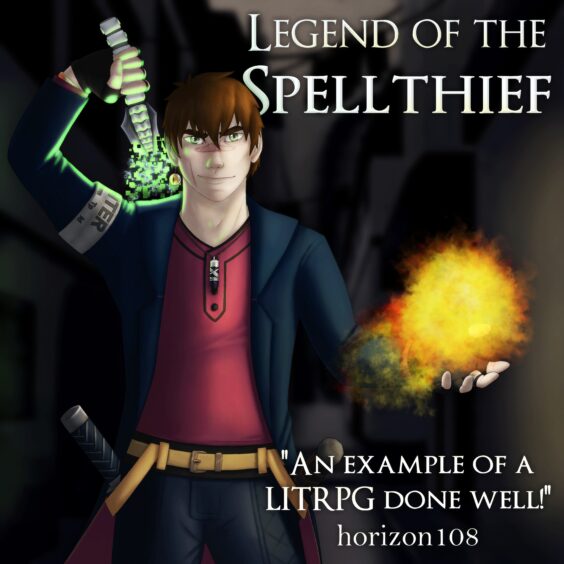
You must be logged in to post a comment.